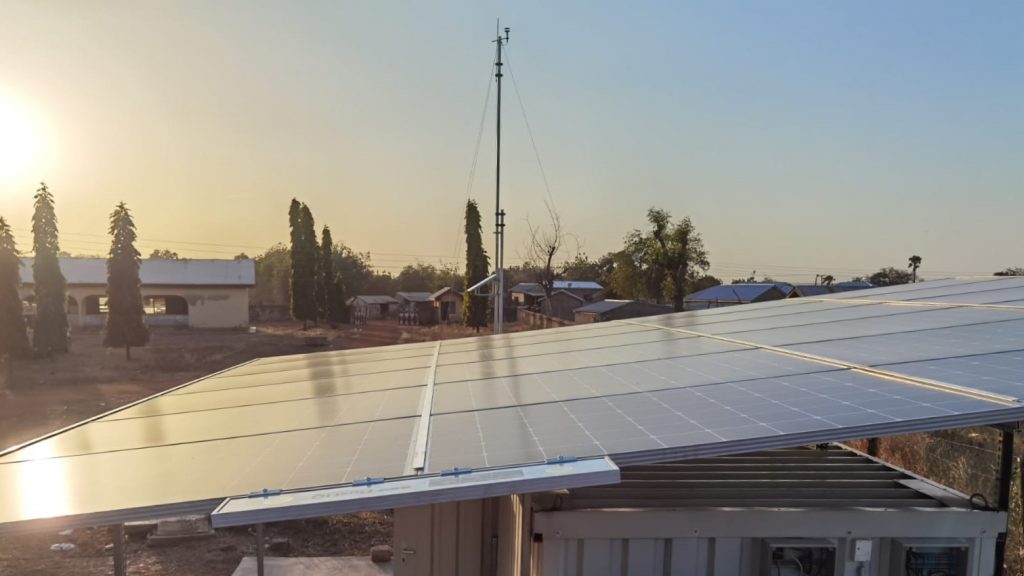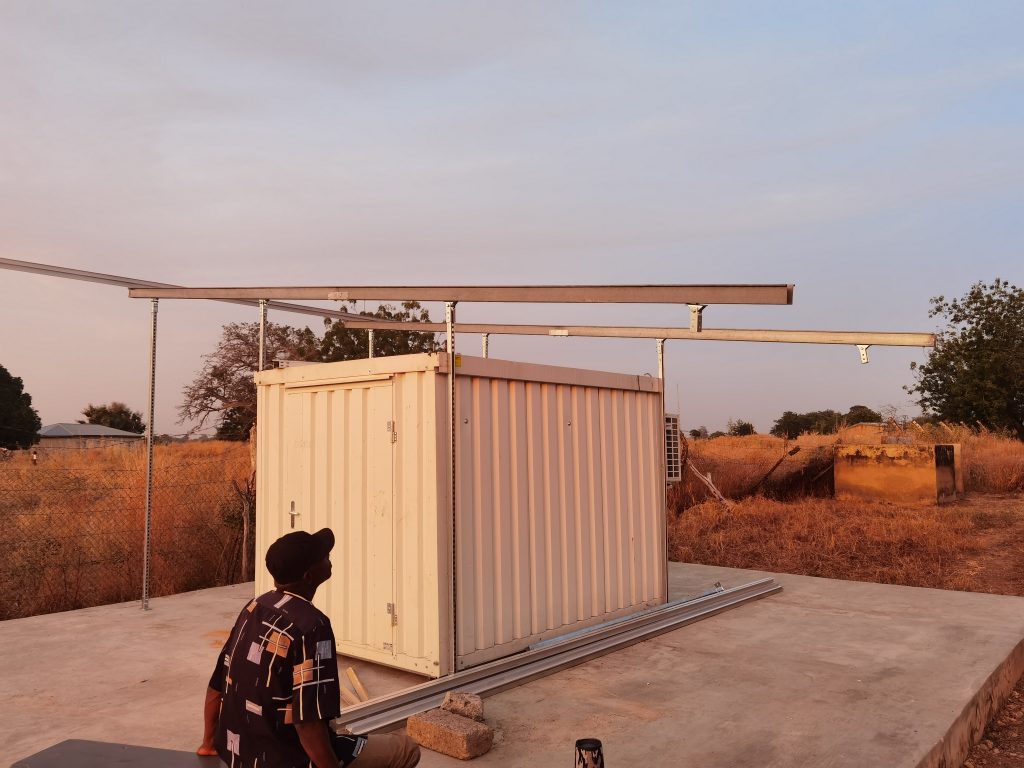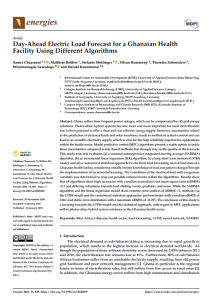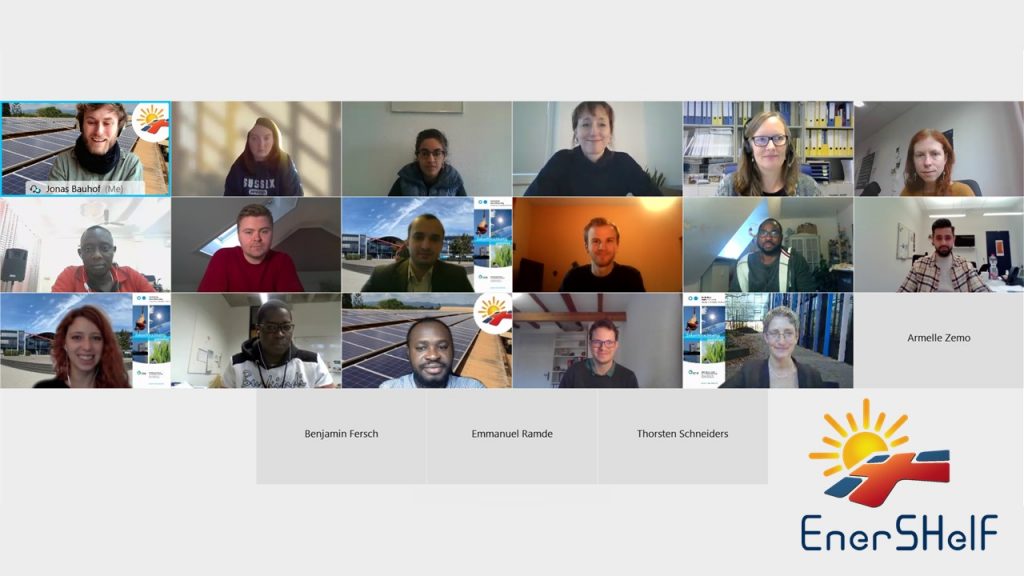
In this interview, Silvan Rummeny from Cologne University of Applied Sciences highlights the development of the advisor and planning tool MiGUEL. It is an open-source-based library which is developed within the EnerSHelF project and later made available online.
You are involved in the EnerSHelF project within work package 3.3a. Can you tell us about your role in the project and the goal of your work package?
On the one hand, our role in the EnerSHelF project is to improve the knowledge of load data of Ghanaian hospitals. On the other hand, we aim to improve the implementability of micro grid projects in the Ghanaian health sector by developing an advisor and planning tool for such micro grids. The tool can be used to design and evaluate Photovoltaic (PV)-diesel-hybrid systems for Ghanaian health facilities. Our goal is to provide users with suitable solutions on how to change the microgrid design and with which planning strategy they can achieve their micro grid development goals and roadmaps in the most cost-effective way. The target groups are project developers, engineering companies, and private as well as public grid operators who want to implement micro or mini grids.
Continue reading Developing an Advisor and Planning Tool for Micro Grid Systems






